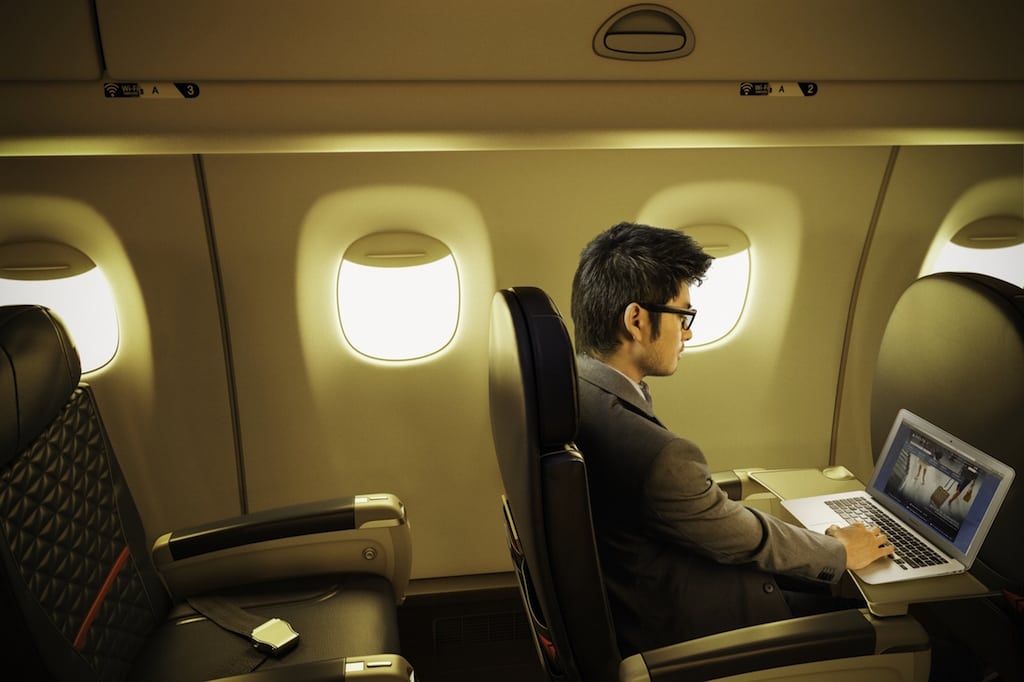Gogo Wants U.S. Airlines to Know Satellite Wi-Fi Isn't the Only Answer

Skift Take
For years, airline passengers have hated Gogo's air-to-ground, or ATG, service. But change is coming, and travelers soon may not need to curse when they learn they're on an air-to-ground-equipped airplane.
Delta Air Lines CEO Ed Bastian sometimes jokes he calls Gogo, "no-go," when he speaks to the in-flight internet company's chief executive.
Delta was an early mover in Wi-Fi almost a decade ago, but because it was so soon, it installed what several years ago was the only viable option for domestic routes — Gogo's air-to-ground system, or ATG, which relies on a network of more than 200 ground-based cell towers.It was good enough for the the vast majority of domestic flights when airlines mostly sold internet to business customers who used it to check email. But although Gogo's air-to-ground system has been updated, it's not appropriate for 2018's heavy users.
Delta, like many airlines, is investing in satellite coverage, adding Gogo's speedy 2KU system to many planes. It's a system Gogo is selling worldwide, and it could be installed on more
